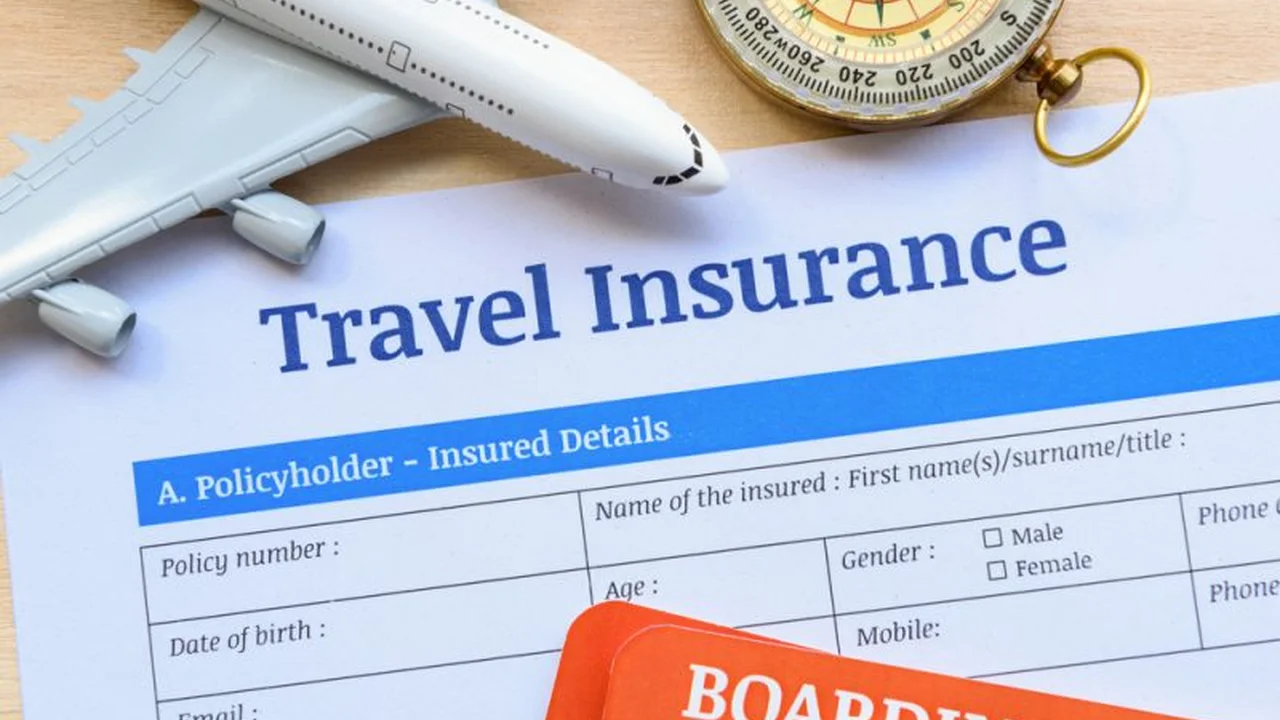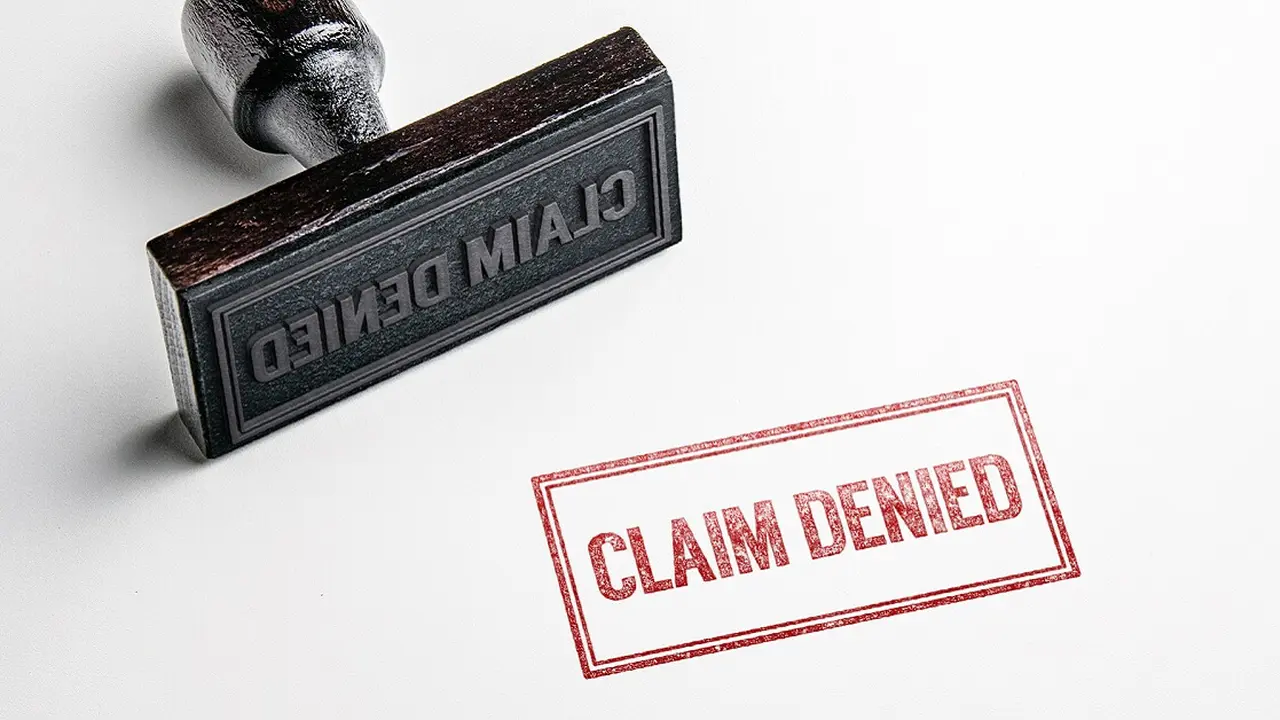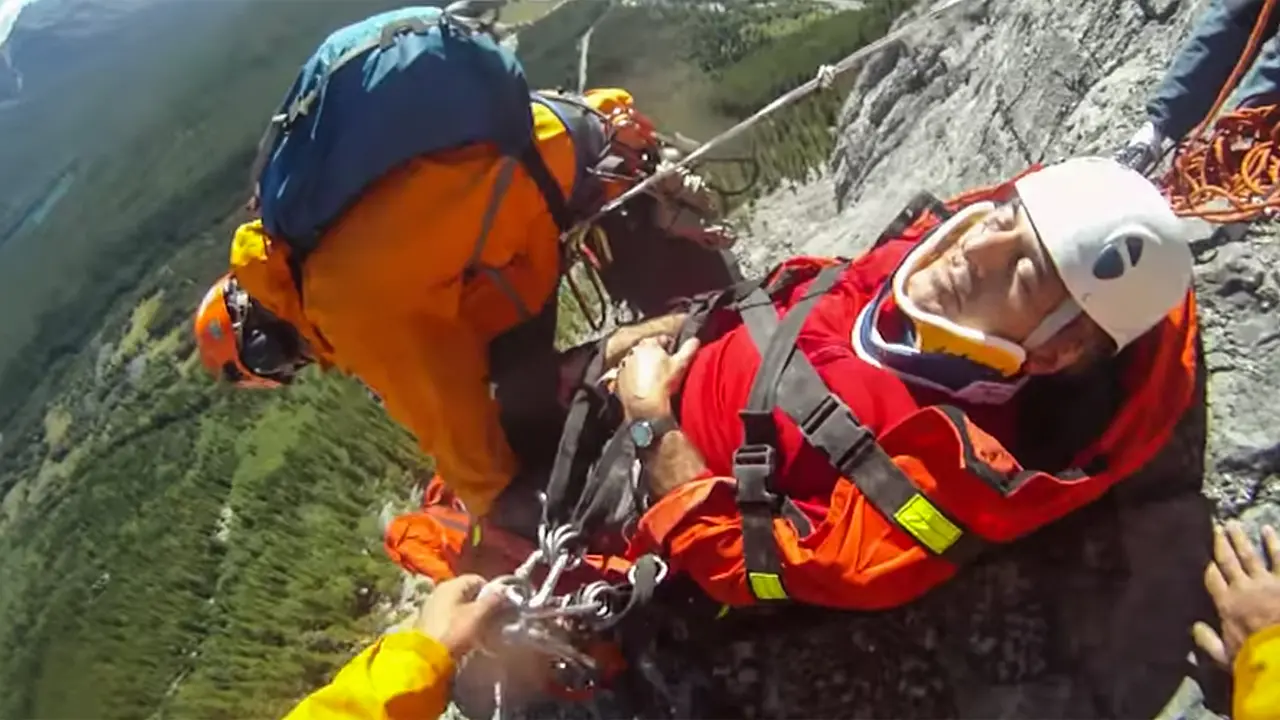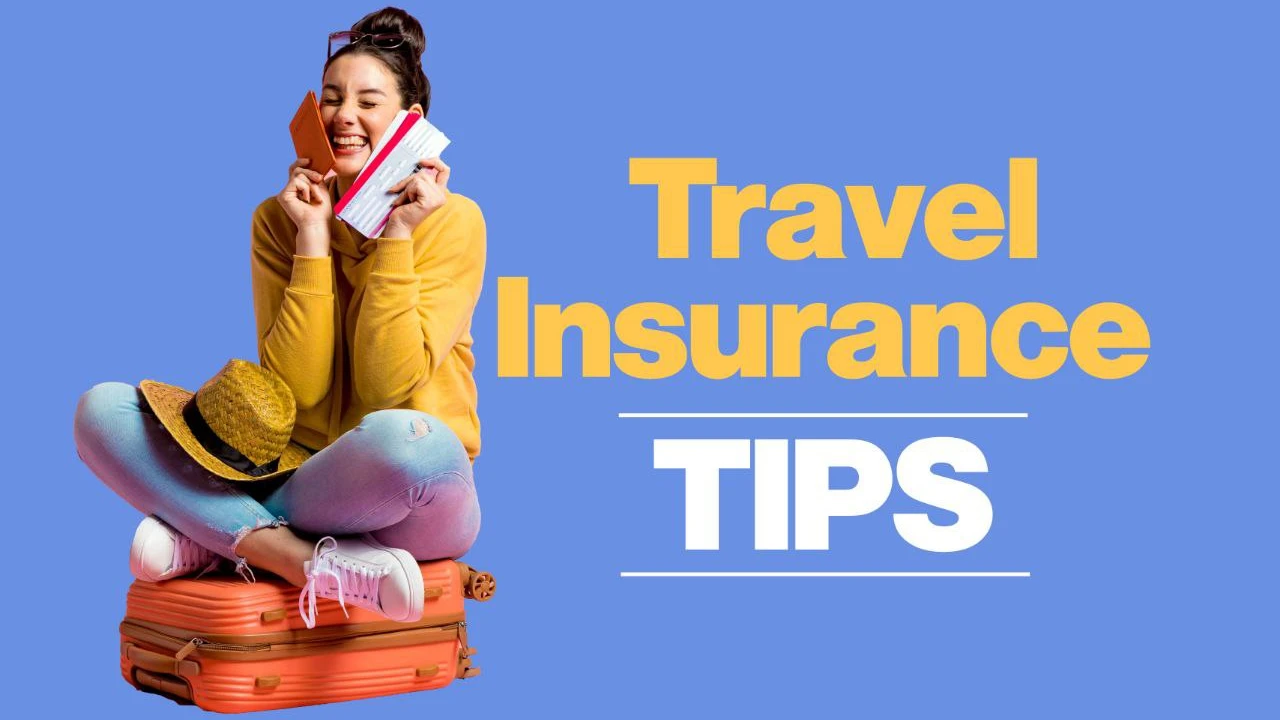Choosing the Right Adventure Insurance Coverage Amount for Your Trip
Embark on your next adventure with confidence We compare the top 7 adventure travel insurance plans for US residents Get covered for unexpected events and medical emergencies

Understanding Adventure Travel Insurance Coverage Needs
So, you're planning an epic adventure! That's awesome! But before you jump headfirst into the unknown, let's talk about something crucial: adventure travel insurance. More specifically, how much coverage do you actually need? Choosing the right amount can feel like a guessing game, but it doesn't have to be. This guide breaks down the factors to consider, helping you make an informed decision that protects you financially and gives you peace of mind.
Think of adventure travel insurance as your safety net. It's there to catch you if things go wrong, whether it's a sprained ankle on a hiking trail, a sudden illness requiring medical treatment, or a cancelled flight due to unforeseen circumstances. The amount of coverage you choose determines how much financial protection you have in these situations. Underinsuring yourself could leave you with hefty bills, while overinsuring means you're paying for coverage you might not need.
Assessing Your Adventure Travel Risks and Potential Medical Costs
The first step in determining the right coverage amount is to assess the risks associated with your specific trip. Are you planning a relaxing beach vacation, or are you scaling a mountain in Nepal? The riskier the activity, the higher the coverage you'll likely need. Consider these factors:
- Activity Level: A gentle hike requires less coverage than white-water rafting or rock climbing.
- Destination: Remote locations with limited medical facilities necessitate higher medical evacuation coverage. Countries with expensive healthcare systems (like the US!) also warrant higher medical coverage.
- Pre-existing Medical Conditions: If you have any pre-existing conditions, you'll want to ensure your policy covers related medical expenses. Look for policies that offer waivers for pre-existing conditions.
- Trip Duration: Longer trips generally require more coverage, as the chances of something going wrong increase with time.
Let's dive deeper into potential medical costs. Medical care abroad can be surprisingly expensive. A broken leg in the Swiss Alps could easily run you tens of thousands of dollars. Medical evacuation, especially from remote areas, can be even more costly, potentially exceeding $100,000. Research the average cost of medical care in your destination. Websites like the CDC (Centers for Disease Control and Prevention) and travel advisories often provide information on healthcare costs and potential health risks in specific countries.
Understanding Key Coverage Components of Adventure Travel Insurance
Adventure travel insurance policies typically include several key coverage components. Understanding these components is crucial for selecting the right coverage amount:
- Medical Coverage: This covers medical expenses incurred due to illness or injury during your trip. Aim for at least $100,000 in medical coverage, especially if you're traveling to a country with expensive healthcare. For high-risk activities or remote destinations, consider even higher limits.
- Medical Evacuation Coverage: This covers the cost of transporting you to a medical facility if you require emergency treatment. This is arguably the most important coverage component, especially for adventure travel. A minimum of $300,000 is recommended, and for very remote locations, consider $500,000 or more.
- Trip Cancellation/Interruption Coverage: This reimburses you for non-refundable trip expenses if you have to cancel or interrupt your trip due to covered reasons (e.g., illness, injury, family emergency). Choose a coverage amount that matches the total cost of your trip, including flights, accommodation, tours, and other pre-paid expenses.
- Baggage Loss/Delay Coverage: This covers the cost of lost, stolen, or delayed baggage. While not as critical as medical coverage, it can be helpful to have some coverage for essential items. $1,000-$2,000 is usually sufficient.
- Accidental Death and Dismemberment (AD&D): This provides a lump-sum payment in the event of accidental death or dismemberment during your trip. While no amount of money can replace a life or limb, this coverage can help with financial burdens. Coverage amounts vary widely, so choose a level that provides adequate financial security for your family.
Analyzing Different Adventure Travel Insurance Scenarios
Let's look at a few scenarios to illustrate how to determine the right coverage amount:
- Scenario 1: Hiking in the Rocky Mountains (USA): Moderate risk. Medical coverage of $100,000-$200,000 should be sufficient, as medical facilities are readily accessible. Medical evacuation coverage of $100,000 is also recommended. Trip cancellation/interruption coverage should match the total cost of your trip.
- Scenario 2: Scuba Diving in the Caribbean: Moderate to high risk. Medical coverage of at least $200,000 is recommended, as diving accidents can be costly to treat. Medical evacuation coverage of $300,000 is essential, as hyperbaric chambers may be located far away. Consider dive-specific insurance that covers decompression sickness.
- Scenario 3: Trekking in Nepal: High risk. Medical coverage of at least $300,000 is crucial due to the remote location and potential for altitude sickness and other medical emergencies. Medical evacuation coverage of $500,000 is highly recommended, as helicopter rescue is often necessary. Trip cancellation/interruption coverage should be sufficient to cover the cost of your flights and trekking permits.
- Scenario 4: Backpacking through Southeast Asia: Moderate risk. Medical coverage of $150,000-$250,000 is advisable, as healthcare standards vary widely in the region. Medical evacuation coverage of $200,000-$300,000 is recommended. Consider coverage for lost or stolen belongings, as petty theft is common in some areas.
Comparing Adventure Travel Insurance Providers and Plans
Several companies offer adventure travel insurance. Here's a comparison of a few popular providers, focusing on coverage amounts, pricing, and features:
- World Nomads: A popular choice for adventure travelers. They offer two main plans: Standard and Explorer. The Explorer plan provides higher coverage limits and covers more activities. Medical coverage ranges from $100,000 to $500,000, and medical evacuation coverage ranges from $300,000 to $500,000. Pricing varies depending on your age, destination, and trip duration. A typical 2-week trip to Europe for a 30-year-old might cost $100-$200. World Nomads is known for its flexible coverage options and ability to purchase or extend coverage while already traveling.
- Allianz Global Assistance: Offers a wide range of travel insurance plans, including options suitable for adventure travel. Their plans often include trip cancellation/interruption, medical coverage, and baggage loss/delay coverage. Coverage amounts vary depending on the plan. A more basic plan might offer $50,000 in medical coverage and $100,000 in medical evacuation, while a premium plan could offer $500,000 in medical coverage and $1,000,000 in medical evacuation. Prices are competitive, and they often offer discounts for families and groups.
- IMG (International Medical Group): Specializes in travel medical insurance, making them a good choice for travelers primarily concerned about medical coverage. They offer various plans with different coverage levels. Their Patriot Travel Medical Insurance plan is a popular option for international travelers. Medical coverage can range from $50,000 to $8,000,000, and medical evacuation coverage can range from $100,000 to $1,000,000. IMG is known for its strong customer service and 24/7 emergency assistance.
- Travel Guard: Offers comprehensive travel insurance plans with a variety of coverage options. Their plans often include trip cancellation/interruption, medical coverage, baggage loss/delay coverage, and AD&D coverage. Coverage amounts vary depending on the plan. They offer a "Pack N' Go" plan that's designed for last-minute trips. Travel Guard is a reputable company with a long history in the travel insurance industry.
Specific Product Recommendations and Pricing for Adventure Insurance
Let's get into some specific product recommendations, including scenarios and pricing (prices are estimates and can vary):
- For Budget Travelers (Short Trip, Lower Risk): Allianz Travel Insurance Basic Plan. Scenario: A weekend hiking trip in a nearby national park. Coverage: $25,000 Medical, $50,000 Emergency Evacuation, Trip Interruption. Price: $30-$50. This plan is sufficient for short, low-risk adventures within the US.
- For International Travelers (Moderate Trip, Moderate Risk): World Nomads Standard Plan. Scenario: A 10-day backpacking trip through Southeast Asia. Coverage: $100,000 Medical, $300,000 Emergency Evacuation, Trip Cancellation/Interruption matching trip cost. Price: $80-$150. This provides a good balance of coverage and affordability for international travel.
- For High-Risk Adventures (Long Trip, High Risk): IMG Patriot Platinum. Scenario: A month-long mountaineering expedition in South America. Coverage: $500,000 Medical, $1,000,000 Emergency Evacuation, AD&D. Price: $200-$400. This is essential for high-altitude or remote expeditions where medical care and evacuation are extremely expensive.
- For Families Traveling Abroad: Travel Guard Family Plan. Scenario: A two-week family ski trip to Canada. Coverage: $100,000 Medical per person, $250,000 Emergency Evacuation per family, Trip Cancellation/Interruption matching trip cost. Price: $300-$500 (for a family of four). Family plans often offer discounts and comprehensive coverage for all family members.
Understanding Deductibles, Exclusions, and Policy Terms
Before you purchase any adventure travel insurance policy, carefully read the fine print. Pay attention to the following:
- Deductibles: This is the amount you have to pay out-of-pocket before your insurance coverage kicks in. A higher deductible typically means a lower premium, but you'll have to pay more if you file a claim. Choose a deductible that you're comfortable paying.
- Exclusions: These are the activities or situations that are not covered by the policy. Common exclusions include extreme sports, pre-existing conditions (unless waived), and injuries sustained while under the influence of alcohol or drugs. Make sure the policy covers the activities you plan to participate in.
- Policy Terms: Understand the policy's terms and conditions, including the claims process, cancellation policy, and renewal options.
Tips for Finding the Best Adventure Travel Insurance Deal
Finding the best deal on adventure travel insurance requires some research and comparison shopping:
- Compare Quotes from Multiple Providers: Don't settle for the first quote you receive. Get quotes from several different providers to compare coverage amounts, pricing, and features.
- Read Reviews: Check online reviews to see what other travelers have to say about their experiences with different insurance providers.
- Look for Discounts: Some providers offer discounts for students, seniors, or members of certain organizations.
- Consider an Annual Plan: If you travel frequently, an annual travel insurance plan might be more cost-effective than purchasing individual policies for each trip.
- Don't Skimp on Coverage: While it's tempting to choose the cheapest policy, make sure it provides adequate coverage for your needs. Prioritize medical and medical evacuation coverage.
Making Informed Decisions About Your Adventure Travel Insurance
Choosing the right adventure travel insurance coverage amount is a personal decision that depends on your individual needs, risk tolerance, and budget. By carefully assessing your risks, understanding the key coverage components, and comparing quotes from multiple providers, you can make an informed decision that protects you financially and gives you peace of mind on your next adventure. So, go forth, explore the world, and have an amazing time – knowing you're covered!
:max_bytes(150000):strip_icc()/277019-baked-pork-chops-with-cream-of-mushroom-soup-DDMFS-beauty-4x3-BG-7505-5762b731cf30447d9cbbbbbf387beafa.jpg)






